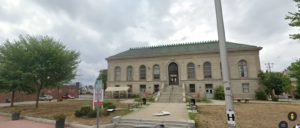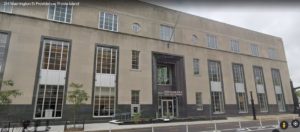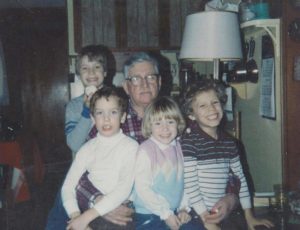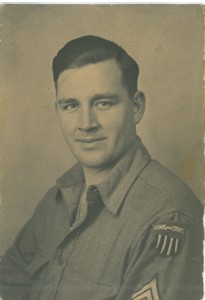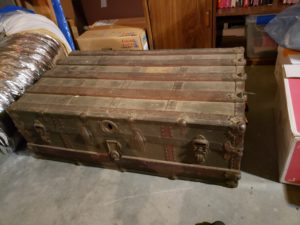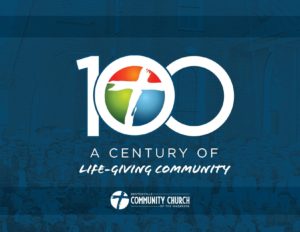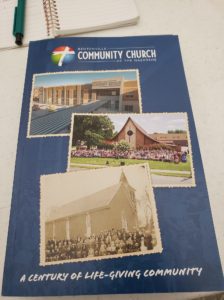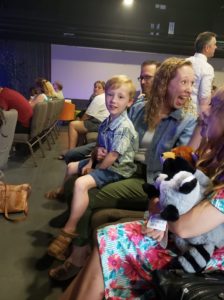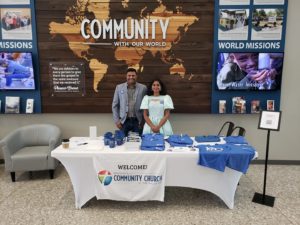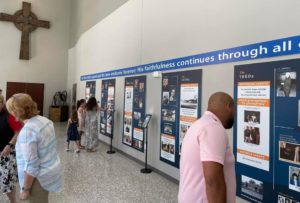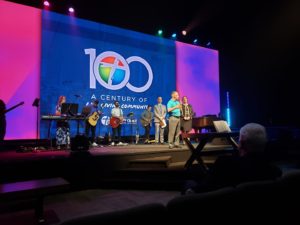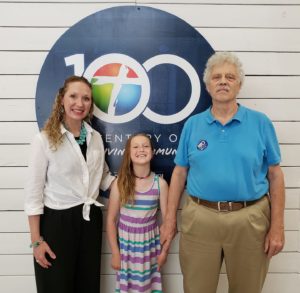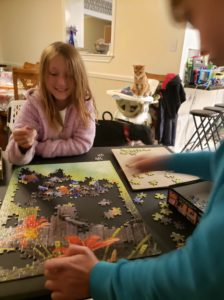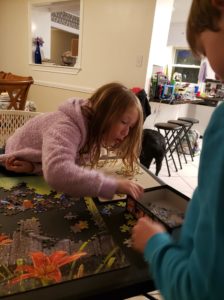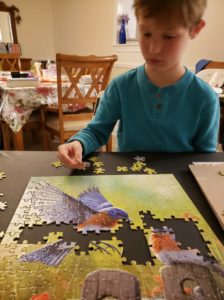This post continues in the series of my memories of times in libraries Earlier posts are: Part 1, Part 2, and Part 3.
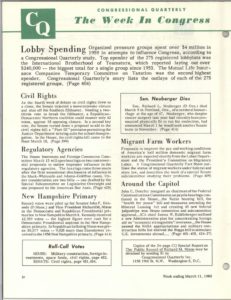
In 1984, after returning to the USA from Saudi Arabia, we settled in Asheboro, North Carolina, instead of Kansas City. Asheboro, the seat of Randolph County and then was a city of less than 30,000 people, stretched out along a highway. In the downtown district was a very nice library.
Our children were 5 and 3 when we moved there, and many times in our four years in Asheboro did we take them to the library. That meant a lot of time spent in the children’s section. I think the number of visits increased as they became young elementary school students.
But it was in the adult section that I made two discoveries in this library. They weren’t, perhaps, quite as mind-opening as the atlas of the universe in Dhahran, but they led to other things.
The first was the magazine Congressional Quarterly. I had never heard of it before. It is (was; the name and format of the magazine may have since been changed) a reporting of Congress’s actions, and other things related to our national government. It may have been a weekly magazine then. For sure it was at least monthly, not quarterly as the name suggests.
While the kids were engrossed in their books, I would sit with CG and read for hours. Well, we didn’t really stay in the library for hours, but I could have. How interesting I found this publication. It seemed to me to be balanced politically, neither pro-Democrat nor pro-Republican. I learned much from its unadorned pages.

The second discovery was a large book—coffee table book size—about the Stars and Stripes military newspapers. Readers of this blog will know that my dad set type for the Stars and Stripes in Europe during World War 2. Yet, we kids didn’t know that in the basement was a steamer trunk full of those S&S, sent home during the war and preserved by my grandparents then passed on to Dad.
So, I found this book of the S&S, which consisted of copies of the newspapers along with narrative about the newspaper. I skimmed it in the library and was fascinated by it. When we were preparing to drive to Rhode Island one year for a holiday, probably Thanksgiving, I checked the book out and brought it with me. Dad looked at it with less interest than I expected. But we had a good conversation about the S&S. Dad was glad that one of his children took more than a passing interest in what had been most of his war service.
That was in 1985 or 86. Fast forward to Fall 1990. Kuwait was now behind us, I was spending a couple of weeks a month in Boston working a temporary job while the family stayed in NC. On weekends, I drove to R.I. to spend time with Dad. Somehow in our conversation the S&S came up. He said, “Come with me. I want to show you something.” He led the way downstairs and showed me the trunk with the newspapers. He said, “When I croak, these are yours.”
Dad died in 1997. Lynda and I drove from Arkansas to Rhode Island for the funeral. One reason for driving instead of flying was to be able to take the S&S back with us.
So, my obtaining the Stars and Stripes from Cranston RI came about probably because of time in a library in Asheboro NC. Like I said, perhaps this isn’t an earth-shattering memory, but it fits with my current theme. Thank God for libraries.

